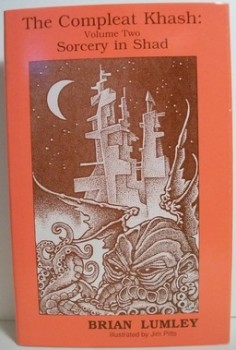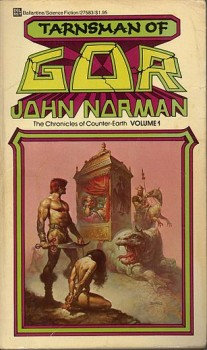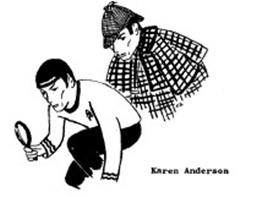The Public Life of Sherlock Holmes: ‘Dirk Gently’ is Not ‘Timeless’
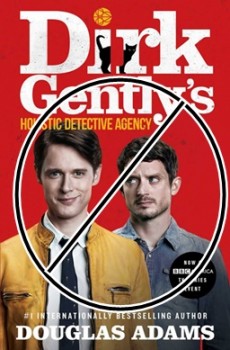 I love Dirk Gently’s Holistic Detective Agency, the novel by Douglas Adams. Which you know because you read my Black Gate post about it. And I liked the sequel, The Long Dark Tea Time of the Soul. And there were some good bits in the third novel, unfinished at Adams’ death.
I love Dirk Gently’s Holistic Detective Agency, the novel by Douglas Adams. Which you know because you read my Black Gate post about it. And I liked the sequel, The Long Dark Tea Time of the Soul. And there were some good bits in the third novel, unfinished at Adams’ death.
And, I thought that the BBC miniseries starring Houdini & Doyle’s Stephen Magnon was worth watching. I own audio books of Adams reading Dirk Gently and the excellent BBC radio play of it. So, I’m a fan. I was leery after seeing the trailer for the new BBC miniseries starring Elijah Wood (not as Gently, however). It didn’t look like it was very true to the style of Adams’ books.
I’ve watched the first two episodes. Except for discussing BBC’s Sherlock post-season two, I’m usually pretty positive with my Black Gate posts here. If you are looking for more of that sunshine, skip the following and scroll on down to my review of the new show, Timeless.
With six of eight episodes yet to air, the new Dirk Gently is a festering pile of tripe. It bears almost no resemblance to Adams’ character, and even disregarding that, it’s a ridiculous mess of a show in its own right. Max Landis, who it appears wanted to imitate Quentin Tarentino while showing everyone how talented he is, all but completely ignores Adams’ work.
There is barely a shadow of the actual Dirk Gently in this series. Samuel Barnett’s character is totally clueless, almost completely helpless and neither clever nor funny. He just rolls along with no real insights or ability to influence events. That sound like Adams’ character? And, he’s not even the star, as the show is really about Gently’s reluctant assistant, Todd, played by Wood.
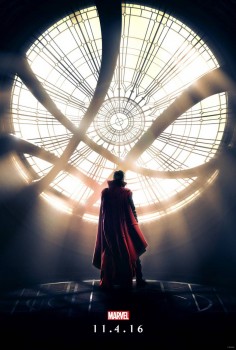
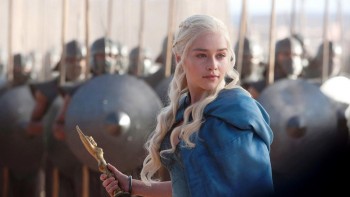
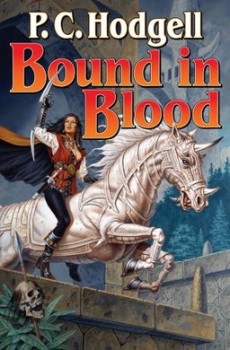
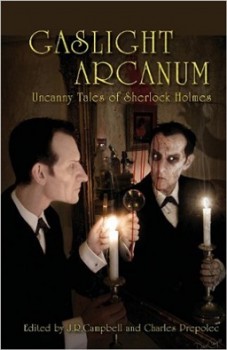
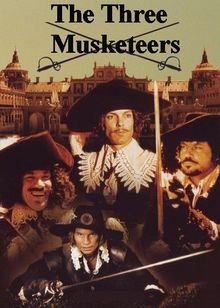 Last time I was having a look at William Goldman, both his screen and novel writing. You can see the whole post
Last time I was having a look at William Goldman, both his screen and novel writing. You can see the whole post 
